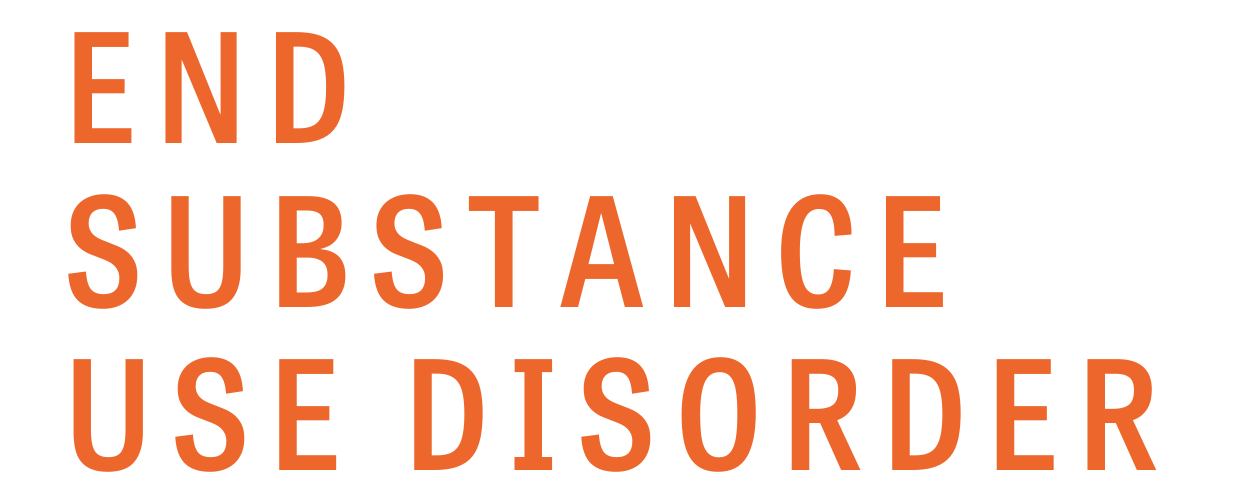Research & Policy
Federal barriers to prescribing buprenorphine (the X-Waiver).
Overview
All medical providers with a standard controlled medication license can prescribe buprenorphine to people in pain, but federal law prohibits them from prescribing buprenorphine to people with opioid use disorder without being subject to bureaucratic requirements that impede access to care.
Physicians, advanced practice registered nurses, and physician assistants must apply for special approval from the federal government, adhere to strict limits on the number of patients they can treat, and take 8-24 hours of training on the medication in certain circumstances.
It can take 2-3 months for medical providers to obtain federal approval to prescribe buprenorphine for opioid use disorder.
No other medical condition in the country is subject to these limits. As a result, only about 1 in 10 medical providers have obtained federal approval to prescribe buprenorphine for opioid use disorder.
Eligible medical providers
Federal law allows the following licensed medical providers to apply for a federal waiver to prescribe buprenorphine for opioid use disorder:
Physicians
Nurse practitioners
Physician assistants
Certified nurse specialists (only through October 2023)
Certified registered nurse anesthetists (only through October 2023)
Certified nurse midwives (only through October 2023)
Restrictions on medical providers
To prescribe buprenorphine to patients with opioid use disorder, medical providers must obtain what is referred to as a DATA 2000 waiver or an X-waiver. Under that process, they must:
complete an 8-24 hour training course led by a designated medical association or prove that they have other certifications listed under the law (only if they intend to treat more than 30 patients with opioid use disorder at a time),
have the ability to provide or refer patients to counseling, all FDA-approved drugs for the treatment opioid use disorder, and other services (only if they intend to treat more than 30 patients with opioid use disorder at a time),
notify the Secretary of Health and Human Services (“HHS”) of their intent to prescribe buprenorphine,
wait up to 45 days for a determination from the Secretary of HHS,
apply for a special identification number from the DEA (which starts with an “X”),
adhere to limits on the number of patients they can treat at one time (detailed below), and
subject their patient records and offices to DEA inspection.
Advanced practice registered nurses and physician assistants may also need to be supervised by a physician who has completed an 8-hour training course led by a designated medical association (or who holds other certifications listed under the law) if required by their state.
Patient limits
Federal law restricts the number of patients with opioid use disorder that medical providers can treat with buprenorphine. The limits are as follows:
Effect of federal barriers
In the midst of the overdose crisis, we are in the tragic and self-defeating position of having more federal restrictions on the prescription of effective medical treatments for opioid use disorder than on the prescription of opioids themselves. Indeed, there is no other medical condition in the country for which medical treatment is subject to federal registration requirements and patient limits.1
The federal restrictions discourage medical providers from treating patients with opioid use disorder. Providers have noted that subjecting their patient records and offices to DEA inspection is intimidating.
2
3
According to the National Academy of Sciences, Engineering and Medicine, “[t]hese policies are not supported by evidence, nor are such strict regulations imposed on access to life-saving medications for other chronic diseases.”
4
As a result of these barriers, only about 1 in 10 medical providers have obtained federal approval to prescribe buprenorphine for opioid use disorder.
5
For these reasons, the U.S. Commission on Combating Synthetic Opioid Trafficking has called on Congress to remove the patient limits, registration requirements, and other barriers that discourage healthcare providers from prescribing this lifesaving medication.

